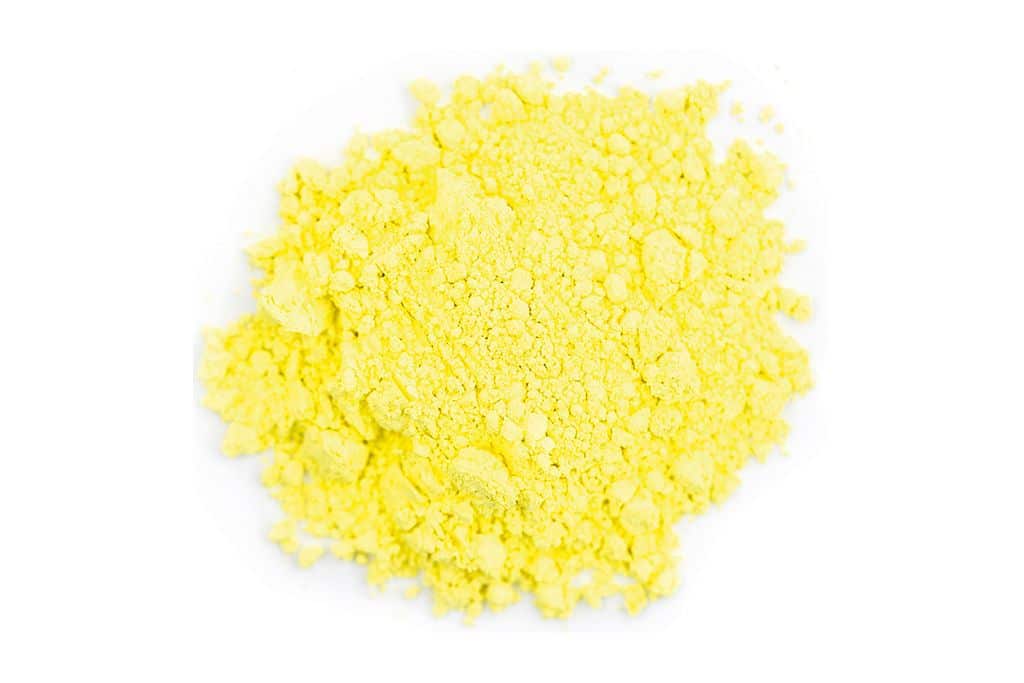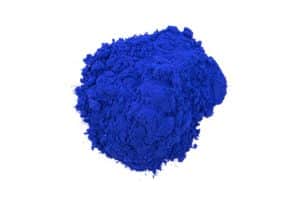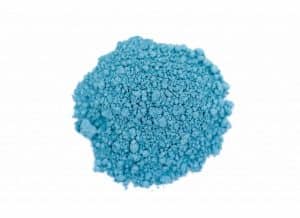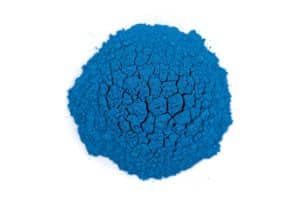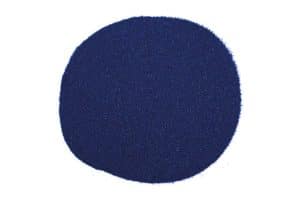Description
- Chemical composition : Pb2SnO4
Although lead-tin yellow frequently occurs in European painting before the eighteenth century, there is little evidence
of its use from the older literature on painting techniques. The earliest recipes for a yellow pigment from lead and tin
was found in the Bolognese manuscript from the first half of the fifteenth century.
Confusingly, current terminology differs from historic names given to yellow lead-tin compounds. In old Italian
manuscripts reference is made to a pigment of pale yellow color called giallolino or giallorino while northern
manuscripts use the term massicot (now designated as yellow lead oxide, PbO) to describe a pigment prepared from
lead and tin.
The bright yellow on old paintings was long thought to be Naples yellow lead-antimony oxide (Pb3(SbO4)2) or yellow
lead oxide, partly due to the fact that its preparation is hardly mentioned in written sources. In 1941 lead-tin yellow was
rediscovered by Jacobi at the Doerner Institute in Munich. Jacobi’s attention was drawn to the high tin content in yellow
paint samples. Since a yellow pigment based on lead and tin was unknown to analysis before Jacobi’s publication, there
was thought to be no reason to carry out micro-chemical tests for tin in yellow paint samples. Thus, up until then
yellow paint samples of paintings were tested only for lead. Therefore, it can be assumed that yellow pigments formerly
recognized as yellow lead oxide and Naples yellow are actually lead-tin yellow.
There are, in fact, two types of lead-tin yellow, designated by Kühn (1968) as types I and II. Type I is lead-tin oxide
and is most frequently found on old paintings. Type II is a second variety of lead-tin oxide that may contain free tin
oxide and additional silicon. Possibly both types were used as opacifiers in ancient glasses.
Lead-tin yellow I and II consist of fine particles with a sharp-edged concoidal fracture. In samples of lead-tin yellow
(type II) larger lemon-yellow crystalline particles may be present.
Lead-tin yellow is not affected by light and is stable under normal atmosphere. On paintings, lead-tin yellow (type I)
has been found mixed with lead white, vermilion, yellow lakes, ochres, verdigris, indigo and azurite. It can be found in
the bright green underpaints in the foilage and landscapes of Early Netherlandish School paintings. Often there is to be
found a surface glaze of copper resinate. Compared to lead-tin yellow (type I), there have been relatively few
occurences of type II. Lead-tin yellow II has been found principally in Florentine, Bohemian and Venetian paintings.
For example, two paintings of the Gonzaga Cycle painted around the mid 1570’s by Tintoretto have been shown to
contain type II. Lead-tin yellow has been identified on European easel paintings in oil, oil-resin, and tempera media, as
well as mural paintings done with lime. No suggestion of alteration has been found in any of these cases. In pure
aqueous media (e.g. gum arabic) however, the possibility of formation of black lead sulfide exists.
Lead-tin yellow (type I) is prepared by heating in a crucible a mixture of lead dioxide and tin dioxide to a temperature
of about 800° C. Warmer hues of yellow appear at lower temperatures and at about 700-800°C, the more lemon-colored
hues develop.
Currently, research is in progress on the simultaneous use of lead-tin yellow with Naples yellow in paintings from the
13th
to 18th
century, and a lead-tin yellow pigment made with antimony.
Lead-tin yellow (type I) contains lead and is toxic!
